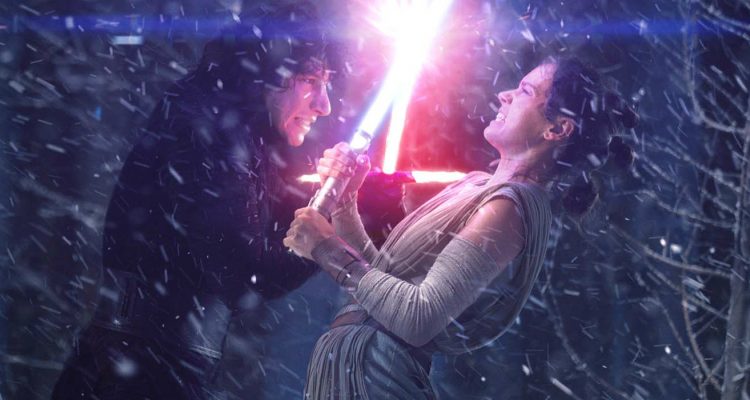A decade has passed since Disney redefined the Star Wars universe, relegating the beloved Expanded Universe (EU) to the status of “Legends” and forging their own path with a new canon. This move was met with mixed reactions from fans, sparking debates about the merits of preserving established lore versus charting new territory.
Before Disney’s acquisition of Lucasfilm, the canon of Star Wars was a multifaceted tapestry. George Lucas’s six movies held the highest authority, followed closely by Dave Filoni’s acclaimed Star Wars: The Clone Wars TV series. Novels, games, and sourcebooks filled in gaps in the narrative, adding depth and richness to the galaxy far, far away, so long as they didn’t contradict the films or shows.
However, Disney’s acquisition brought about a seismic shift in the Star Wars universe. In April 2014, they declared almost all material outside of the movies and The Clone Wars as non-canon, reclassifying them as “Legends.” This decision was made to clear the slate for Disney’s own sequel trilogy, disappointing many longtime fans who had invested in the Expanded Universe.
Disney’s sequel trilogy introduced new characters like Kylo Ren while sidelining established ones such as Jacen, Jaina, and Anakin Solo. Changes like these caused a palpable rift between Disney’s canon and the EU, making it impossible to reconcile the two.
Even seemingly minor alterations, like the portrayal of kyber crystals, had far-reaching implications. In the EU, kyber crystals came in various colors, but Disney’s canon introduced the concept of colorless crystals that take on hues based on their wielders, along with the idea of “bleeding” crystals to change their color. Such changes rewrote countless stories in the EU, further alienating fans.
Disney’s rewriting of major EU characters and events often divides the audience. While some embrace the new direction, others find the alterations inferior to the original stories. The Book of Boba Fett, for instance, adapted the EU idea of Boba Fett surviving the Sarlacc but diverged significantly in his characterization.
However, Disney’s original projects that coexist with the EU, rather than overwrite it, tend to fare better with fans. The Mandalorian, for example, introduced new characters like Din Djarin and Grogu while respecting established lore. Similarly, Andor explored the brutality of the Empire without significantly altering existing narratives.
Despite Disney’s initial dismissal of the EU, they have since mined it for inspiration. Characters like Grand Admiral Thrawn have been reintroduced, albeit with adjustments to fit Disney’s canon. Easter eggs and references to EU elements further demonstrate Disney’s willingness to acknowledge its legacy.
FAQ
Why did Disney reclassify the Star Wars Expanded Universe as “Legends”?
Disney made this decision to clear the slate for their own sequel trilogy and to avoid the constraints of existing EU lore. By reclassifying the EU as “Legends,” they could chart a new course for the Star Wars universe without being bound by pre-established stories.
Can elements from the Expanded Universe still be considered canon in Disney’s Star Wars?
While the majority of the Expanded Universe is considered non-canon in Disney’s Star Wars, elements from it can still be adapted or referenced in Disney’s projects. Characters like Grand Admiral Thrawn have been reintroduced with adjustments to fit Disney’s canon, demonstrating a willingness to incorporate aspects of the EU into the new storytelling landscape.
Why do some fans prefer the Expanded Universe over Disney’s canon?
Many fans have a deep attachment to the Expanded Universe, having grown up with its novels, games, and comics. For these fans, the EU represented a rich and immersive extension of the Star Wars universe, and they may feel disappointed by Disney’s alterations to established lore.
How does Disney’s approach to Star Wars lore impact storytelling in the franchise?
Disney’s approach has allowed for greater flexibility and innovation in storytelling, freeing creators to explore new characters, themes, and narratives. While this has led to divisions among fans, it has also opened the door to fresh perspectives and interpretations of the Star Wars universe.
What can fans expect from Disney’s future Star Wars projects?
Disney’s future projects may continue to draw inspiration from the Expanded Universe while forging new paths in the Star Wars galaxy. Rumors suggest that upcoming films and series may adapt or reference EU material, offering a blend of nostalgia and innovation for fans old and new.
